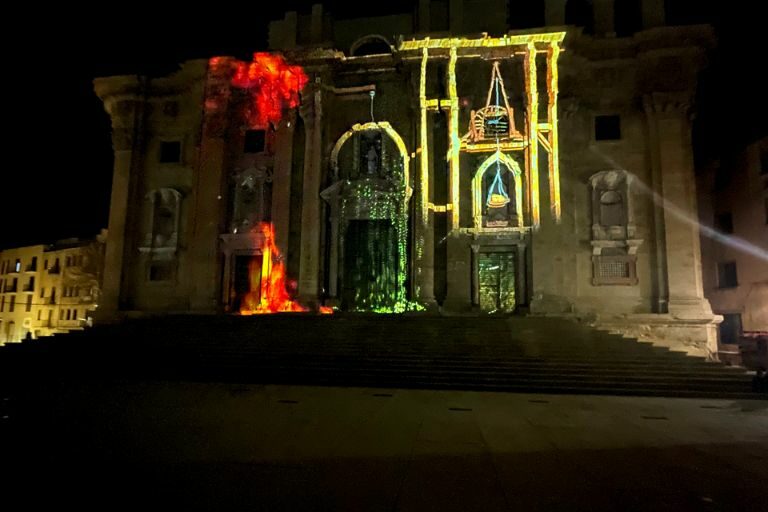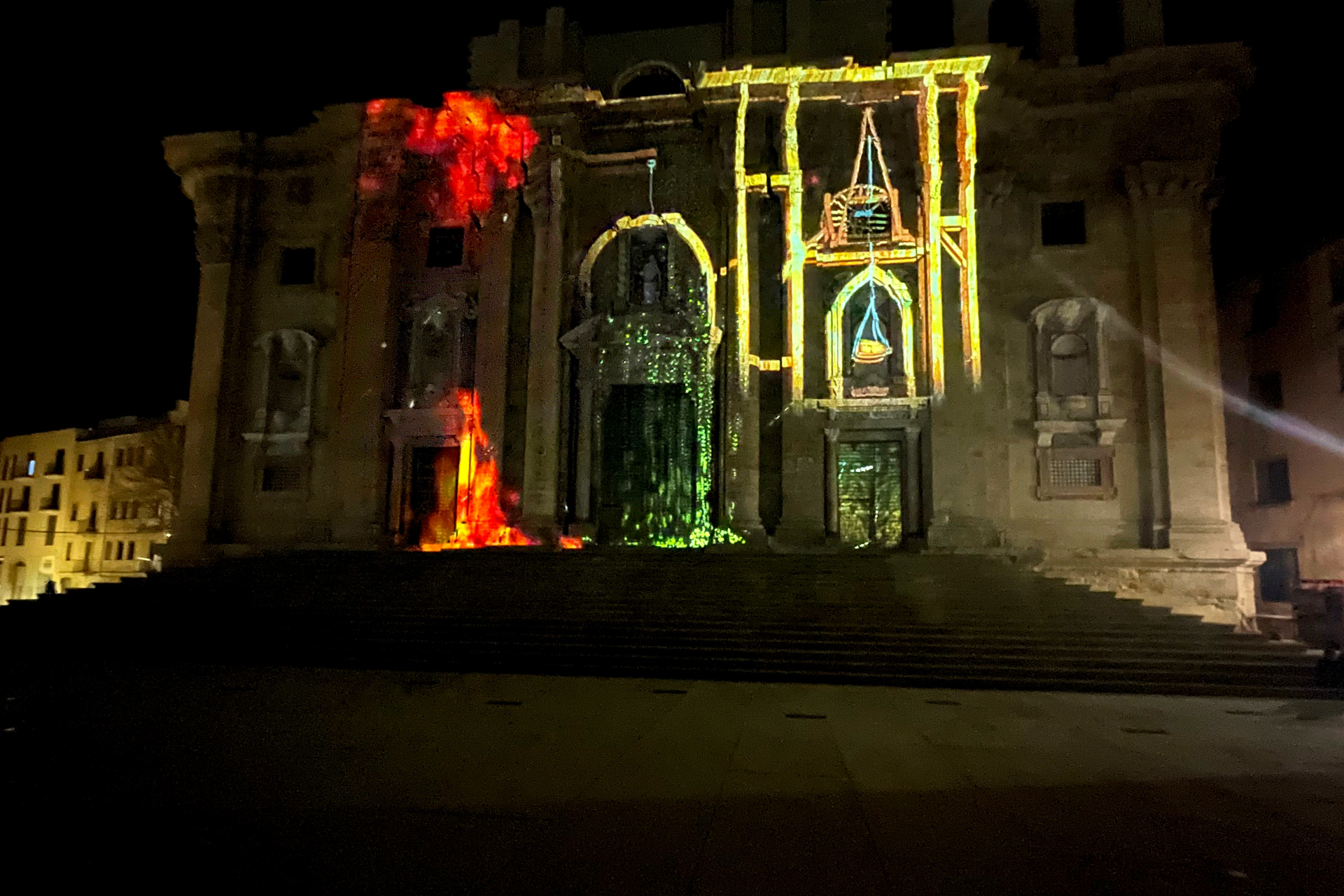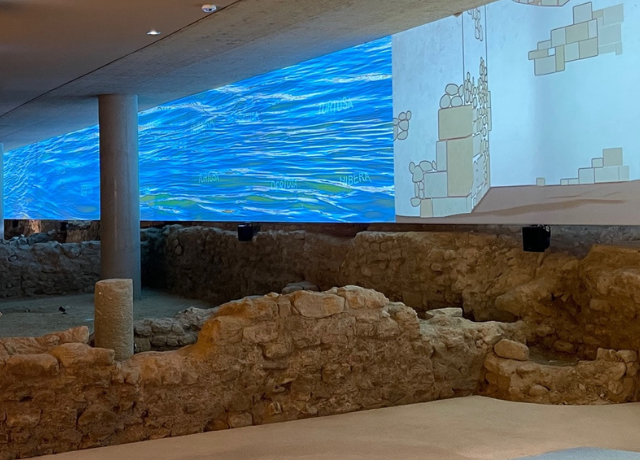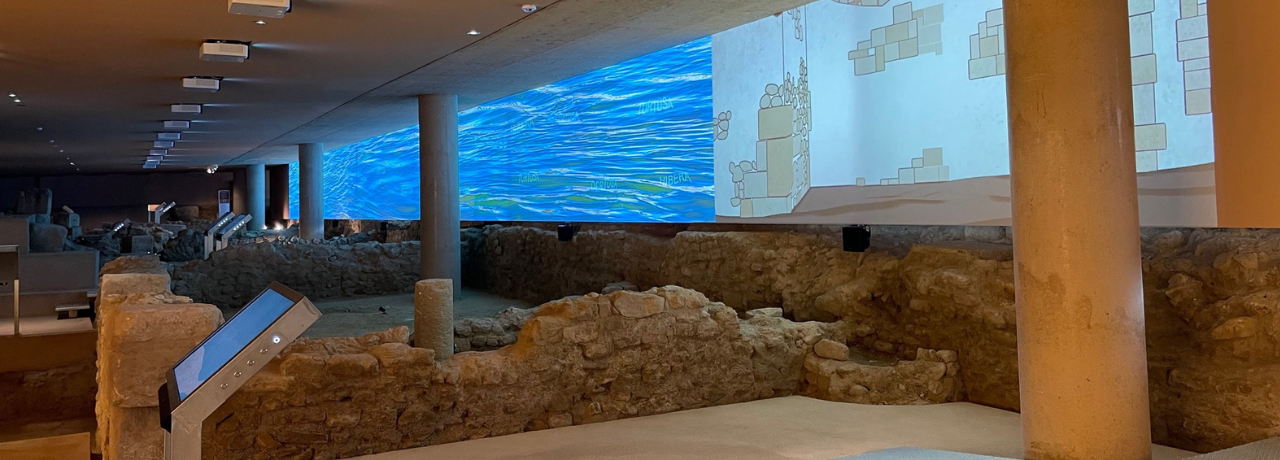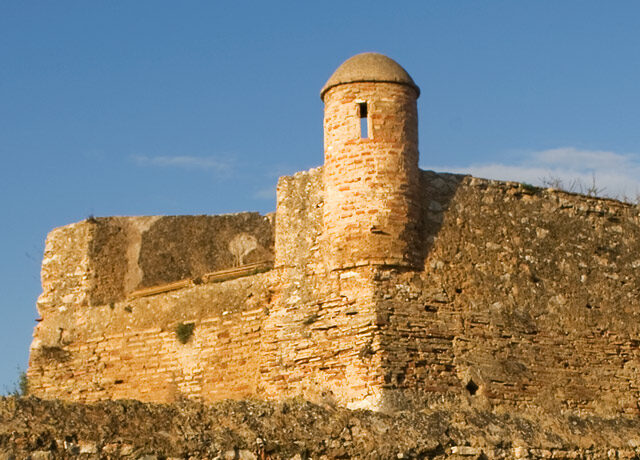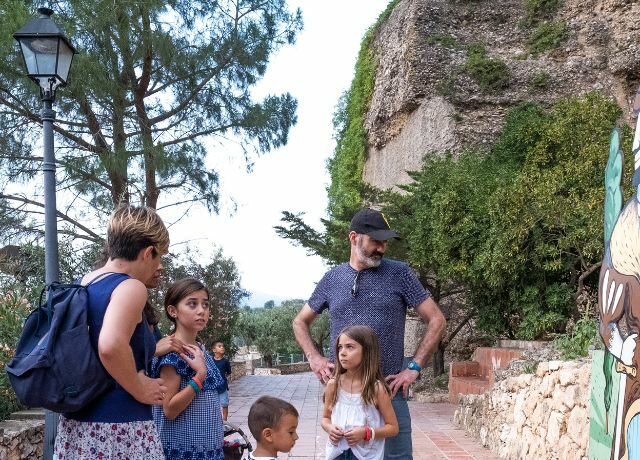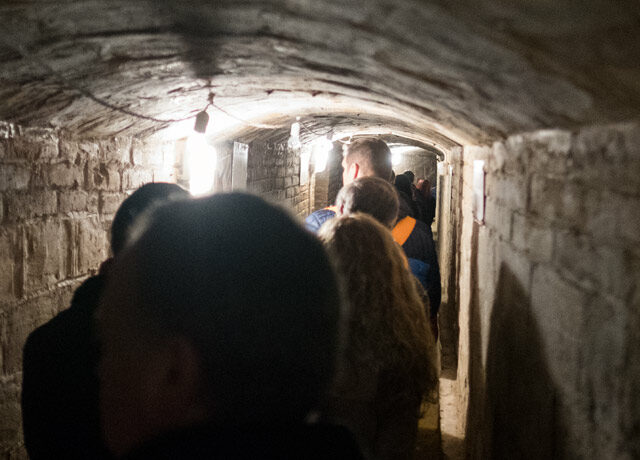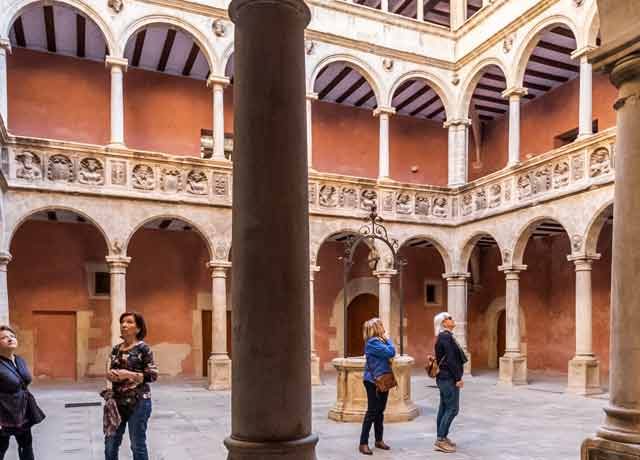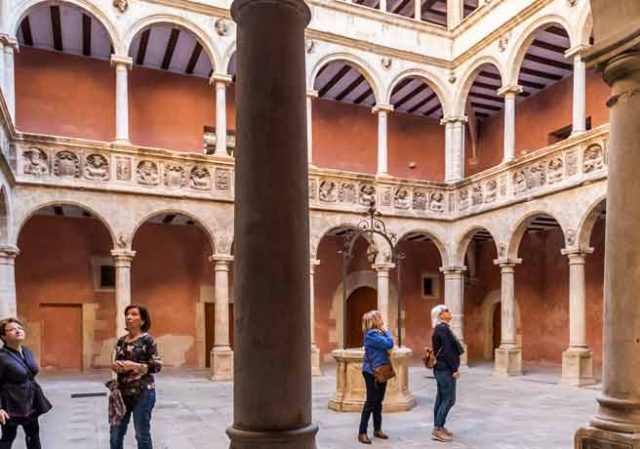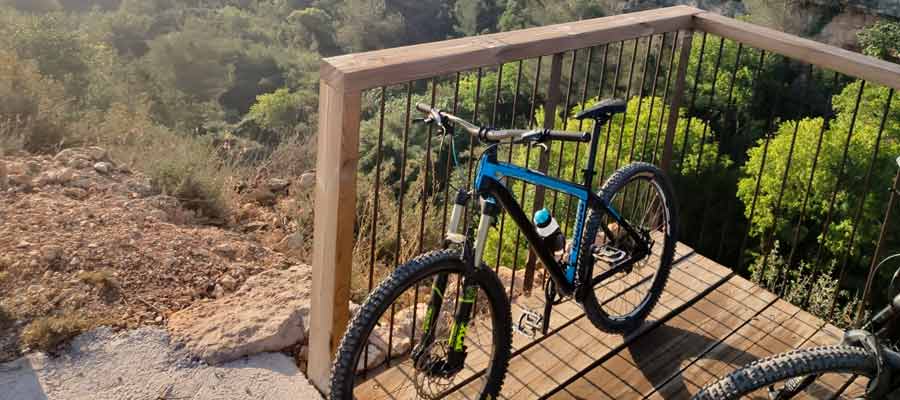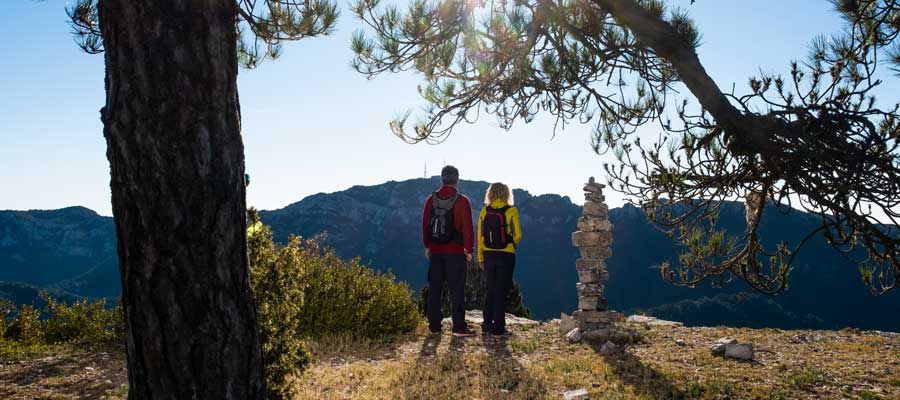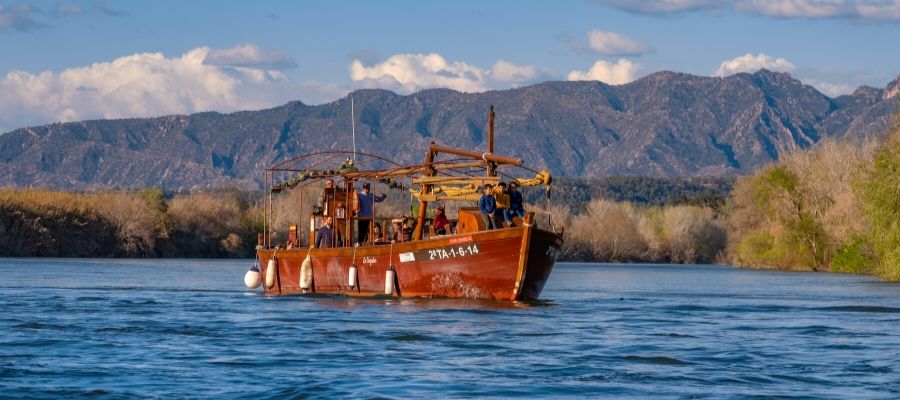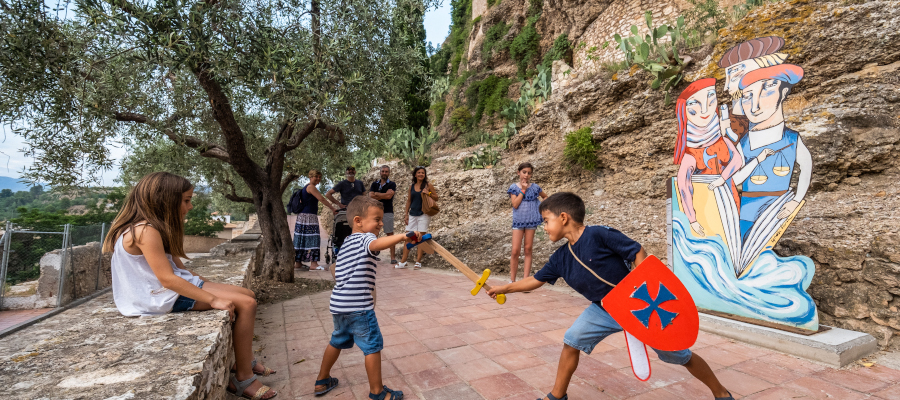Tortosa: The Light of the Ebro
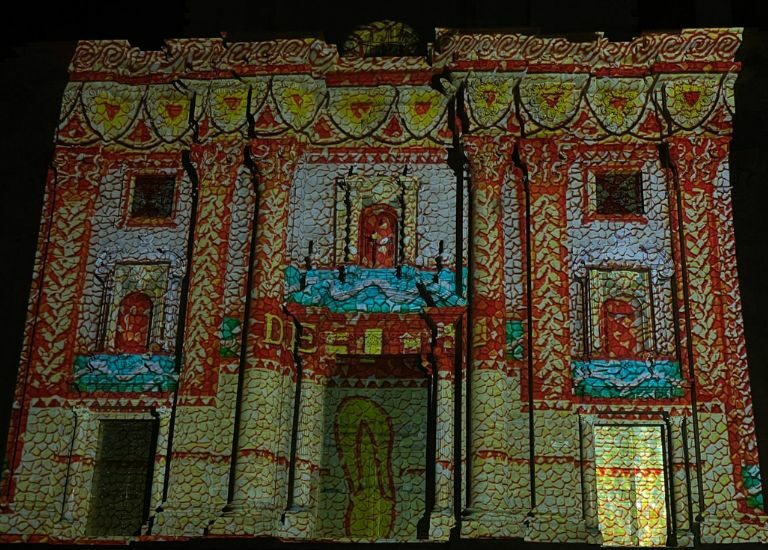
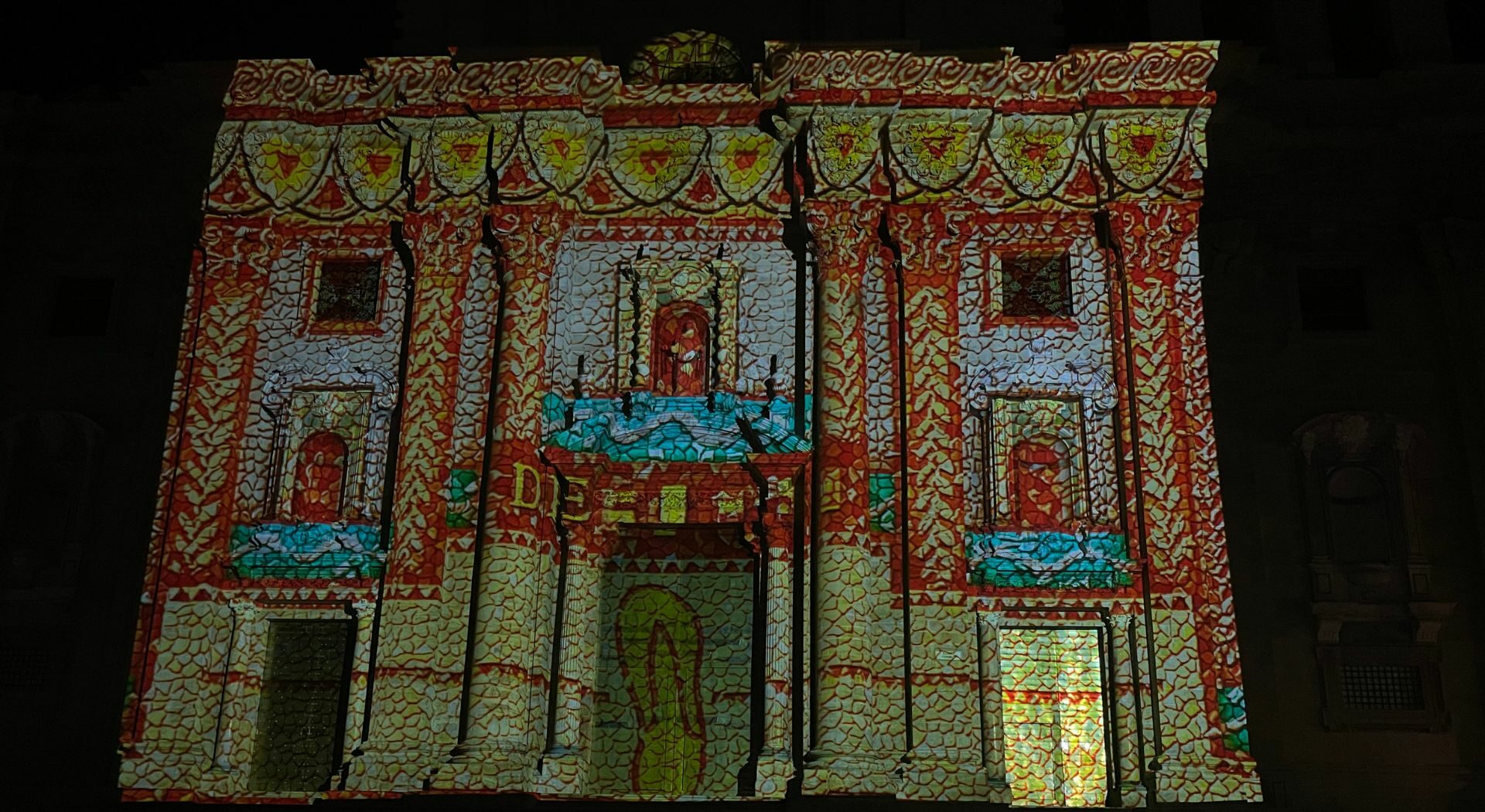
The Light of the Ebro is a permanent outdoor video mapping installation, pioneering in the country, with regular projections during the weekends.
Tortosa has a privileged history that this unique videomapping brings to life in a striking way. The location where the cathedral stands today is a space where life has pulsed since the very origins of the city. It is the same place where the Romans built the main temple of the forum, later converted by the Visigoths into their religious centre. Subsequently, the Andalusians erected an impressive mosque with 5 naves, succeeded by the Romanesque cathedral, and finally, the current Gothic cathedral with its impressive Baroque facade. All these buildings will rise again thanks to the magic of mapping.
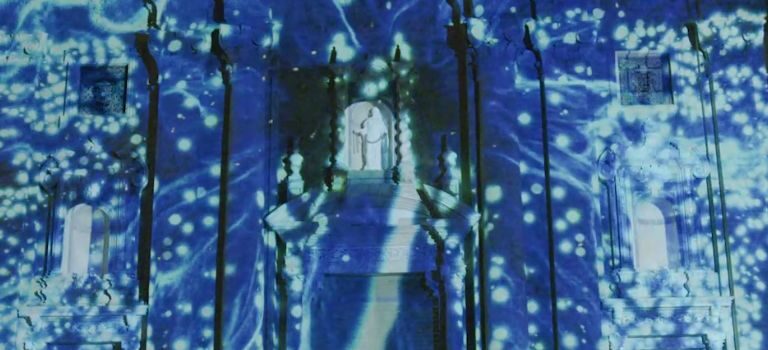


SCREENING 2025
The screenings adapt according to the season and sunset time
- January, February, and March: Fridays and Saturdays at 8:30 PM and 9:00 PM (until March 29).
- April and May: Friday and Saturday 10:00 PM and 10:30 PM (days without screening April 18 and 19).
- June and July: Until June 21st, Fridays and Saturdays at 10:30 p.m. and 11:00 p.m. Starting June 26th, Thursdays, Fridays, and Saturdays at 10:30 p.m., 10:45 p.m., and 11:00 p.m. Extra sessions: June 23rd at 10:30 p.m., 10:45 p.m., and 11:00 p.m.
- August and September: Thursday, Friday and Saturday 10:00 p.m., 10:30 p.m. and 11:00 p.m. (until September 10)
- October, November and December: Friday and Saturday at 8:30 p.m. and 9:00 p.m.Additional passes on the eve of holidays during the corresponding month and rest during religious festivities (Easter and Christmas)
Additional showings on the eve of public holidays at the corresponding month’s schedule and a break during religious festivities (Easter and Christmas).
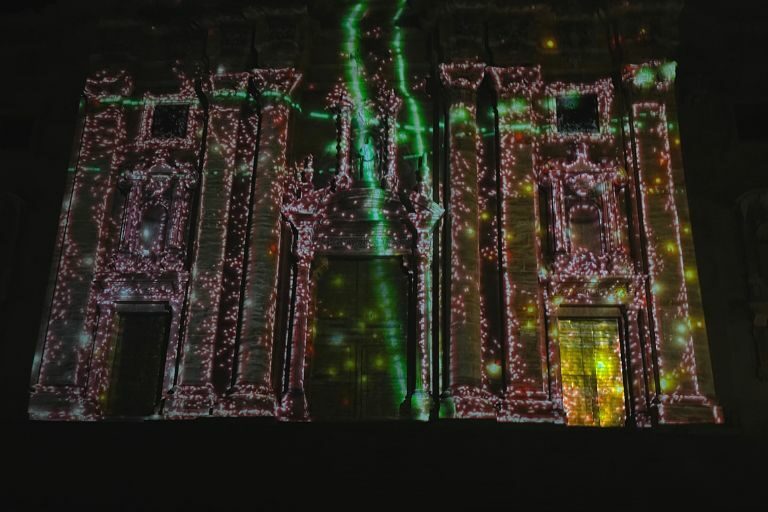
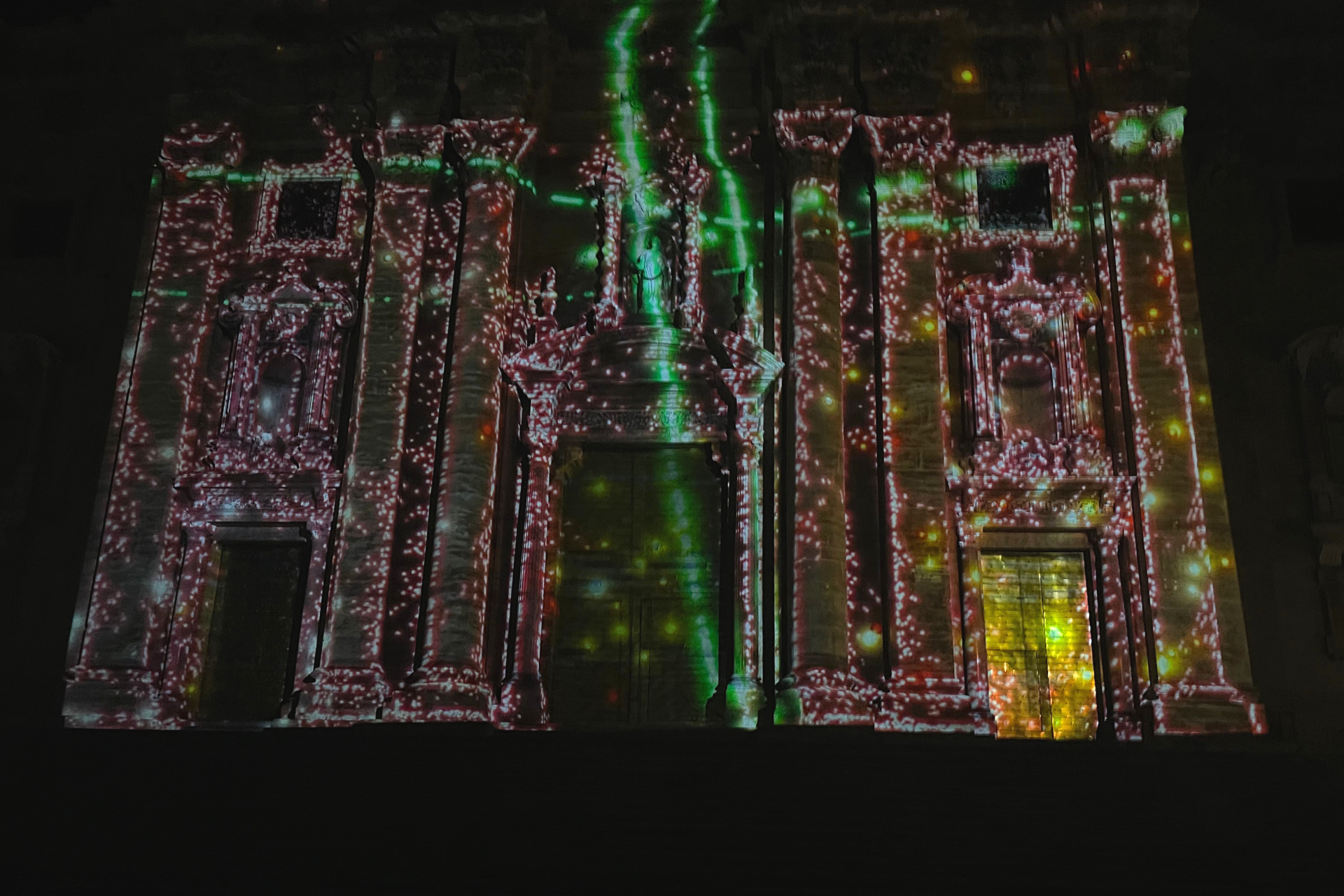
The Light of the Ebro invites you to travel through time in this spectacular video mapping on the facade of the Cathedral of Tortosa, where you will discover the mythical origins of the city and some of its most notable moments, from ancient times to the Baroque era. The show features multiple visual effects and light play to create a stunning and emotional spectacle.
